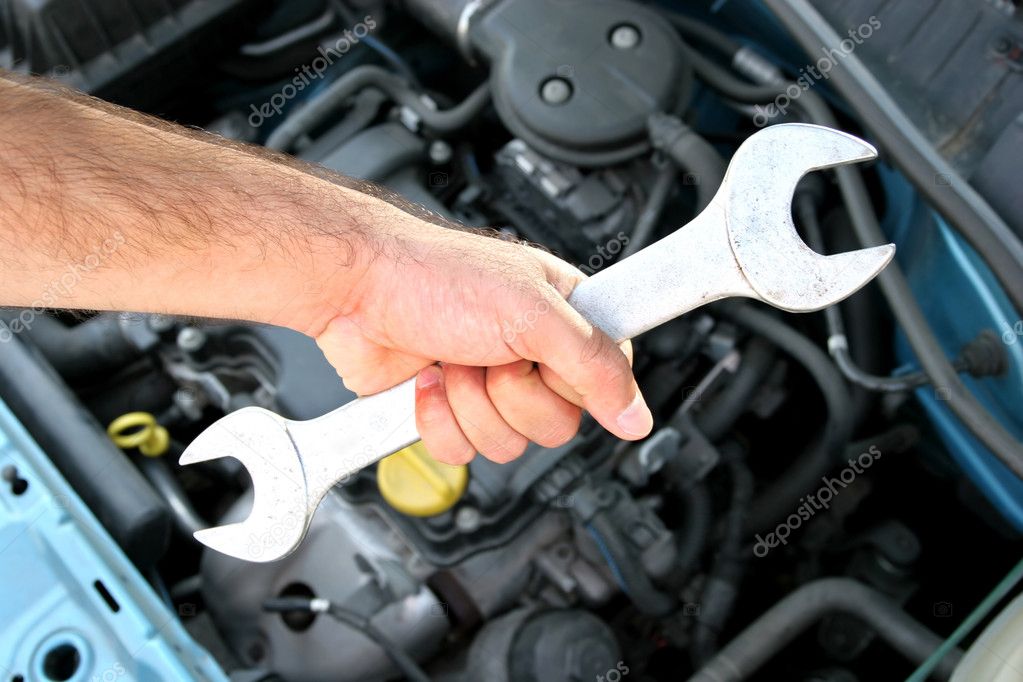In the demanding world of road transport, trucks are the beasts of burden that sustain the economy. However, every kilometer traveled with cargo is a testament to the wear and tear these vehicles endure. While it is well known that tires are critical points, specialists warn that a short-sighted focus on them can hide the silent and progressive deterioration of other vital components, whose failure can be catastrophic.
Transport engineering experts emphasize that constant load and long distances severely impact the braking system. “A loaded truck can multiply by ten the kinetic energy that the brakes must dissipate compared to an empty one,” explains Javier López, a mechanical engineer specialized in heavy transport. “This not only wears out pads and discs at an accelerated rate but also raises the temperature of the brake fluid, potentially causing the dreaded ‘fading’ or loss of braking effectiveness on long descents, a huge risk for road safety.”
The suspension is another major victim. The shock absorbers and bushings work under continuous pressure, combating not only the weight but also the imperfections of the asphalt. “When a shock absorber is fatigued, it loses its ability to keep the tire adhered to the pavement,” comments Ana Sánchez, director of a multi-brand workshop on the N-IV. “The driver will notice the vehicle ‘floating’ and will lose stability in curves, but the collateral damage is worse: a bad shock absorber transmits brutal impacts to the chassis and the cabin, accelerating the fatigue of hundreds of other parts.”
The transmission, from the clutch to the axles, also withstands monumental stress. Frequent starts with a heavy load are the main enemy of the clutch. “A clear symptom is that the engine accelerates but the speed does not respond, which means the disc is slipping and burning,” warns López. In trucks with gearboxes and differentials, the extra weight generates enormous internal pressures, making strict maintenance of lubricants not a recommendation, but a necessity to avoid breakdowns from friction and heat, whose repairs are among the most costly.
Faced with this scenario, the unanimous recommendation for transporters is to adopt a culture of predictive, not corrective, maintenance. One should not wait for a part to fail; its wear should be monitored on a scheduled basis. This involves performing periodic inspections that go beyond the basics, paying attention to abnormal noises, new vibrations, or changes in the dynamic behavior of the vehicle, which are the first warning symptoms.
In conclusion, the efficiency and safety of a cargo truck do not depend on a single component, but on an interconnected mechanical ecosystem. Investing in regular professional check-ups, using quality spare parts, and driving anticipatively—avoiding sudden braking and acceleration—are the keys to transforming inevitable wear into a manageable cycle, ensuring the vehicle remains a reliable work tool and not an unforeseen burden on the roadside.
Have any thoughts?
Share your reaction or leave a quick response — we’d love to hear what you think!





